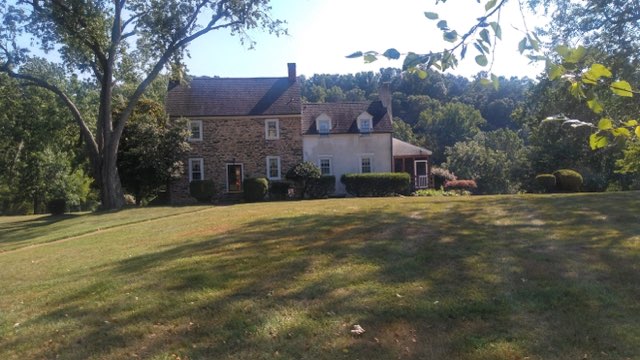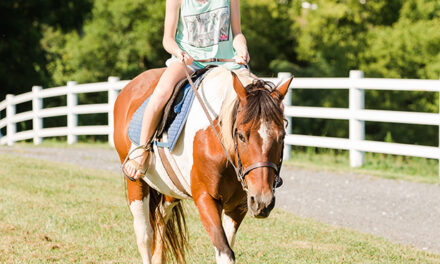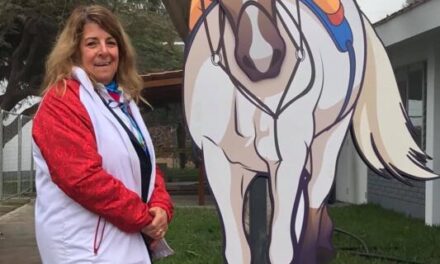By Katherine O. Rizzo with photos from Karla Stoner (first published in the September 2023 Equiery)
Karla Stoner is a lifelong horsewoman. In 1980, Stoner and her husband purchased Bloomsbury Forge, which was next door to the farm where Stoner kept her horses during the 1970s. “It is a historic property that dates back to the early 1700s,” Stoner explained. “When we bought it, there were several run-in sheds and an old barn, but we had to do some renovations to the house and build a whole new barn before moving in.” They also added some fencing to allow for easier pasture rotation.
According to the Maryland Historical Trust, the stone house was built between 1774 and 1786 and is the principal structure remaining from the original Bloomsbury Forge, which was one of the first three iron forges built in Maryland. The forge was established around 1774 on the north bank of Bennett Creek, which runs through the property. At the time the Stoners purchased the property, there were two additional outbuildings still standing: a log granary and a stone and frame barn that was thought to be the site of the original forge. “Over the years, storms and weather have knocked them down,” Stoner stated.
The Bloomsbury Forge was run by Roger Johnson (1749-1831), who was the youngest of the Johnson brothers. The brothers built several forges in the Monocacy Valley, which supplied cannons and other supplies to the Continental Army during the Revolutionary War. Roger Johnson’s forge specialized in manufacturing firebacks, nails, bar iron and cookware. His older brother, Thomas Johnson, later became Maryland’s first governor.
Today, Bloomsbury Forge is both a private residence for the Stoner family and a boarding facility. The farm, which comprises 119 acres of rolling hills nestled under Sugarloaf Mountain in the Urbana area of Frederick County, also produces hay. “We used to have great trails with direct access to Sugarloaf Mountain but many of those trails have been washing out,” Stoner said. “We just don’t see as many trail riders on the mountain as we used to.”
Storm runoff and soil erosion were a big concern of Stoner’s when they purchased the property. “Several of the pastures had big gullies through them,” she said. “We added high use areas to keep the horses in as needed.” Stoner went on to explain that her sacrifice lots are made with course stone as a base for proper drainage and then blue stone on top for comfort of the horses. “We use hay feeders in these areas too, to keep hay off the ground and avoid creating muddy areas.”
Stoner said that the farm’s nutrient management plan, which is renewed annually through the Maryland Department of Agriculture, helps keep the property both useful and beautiful. “Sometimes it can be a pain to write and file but it is worth it,” she said. “Why would you not want your farm to be functional and mud free?”
In addition to the sacrifice lots, hay feeders and nutrient management plan, Bloomsbury Forge also has automatic waterers to conserve water, and it plants grasses and cover crops in some areas to promote healthy soil and attract pollinators and migratory birds. “We are part of CRP, which is a cost-share program that helps cover the costs of many of these conservation efforts,” she explained. CRP stands for Conservation Reserve Program and is run through the U.S. Department of Agriculture. Through the program, the government pays farmers to set aside croplands and convert them to vegetative cover to reduce land erosion, improve water quality and benefit wildlife.
These conservation efforts led to Bloomsbury Forge being named to the state’s Farm Stewardship Certification and Assessment Program (FSCAP) in 2014. “Farm stewardship is both a benefit to the environment and our business,” Stoner concluded.













